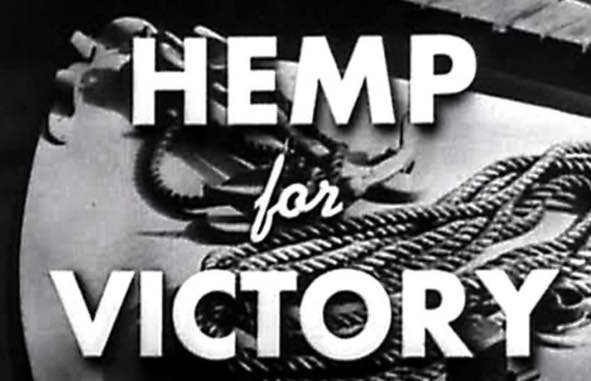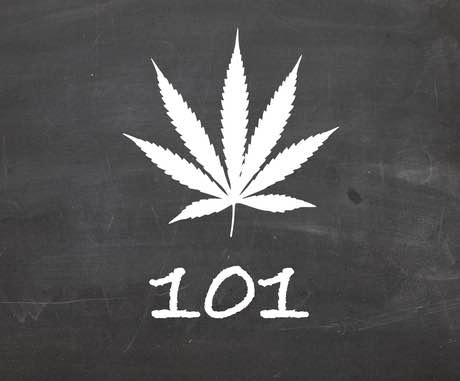
Hemp 101
Cannabis is a genus of flowering plants in the Cannabaceae family, which consists of three primary species: Cannabis sativa, Cannabis indica, and Cannabis ruderalis. “Hemp” is a term used to classify varieties of Cannabis that contain 0.3% or less THC content. Before the Agricultural Act of 2018, "Hemp" has generally been used to describe non-intoxicating Cannabis that is harvested for the industrial use of its derived products. “Marijuana” is a term used to classify varieties of Cannabis that contain more than 0.3% THC and can induce psychotropic or euphoric effects on the user.
Hemp vs Marijuana
Hemp and Marijuana are often referred to as "species" or "strains" of Cannabis. In reality they are technically neither as the only species of the Cannabis genus are the three mentioned in the section above. Hemp and marijuana are used as broad classifications of Cannabis, however the terms are not legitimate nomenclature for the Cannabis plant. The main differences between Hemp and Marijuana that concern us are the concentrations of phytocannabinoids, mainly THC and CBD. Marijuana contains high levels of THC and low levels of CBD, while hemp contains low levels of THC and higher levels of CBD.
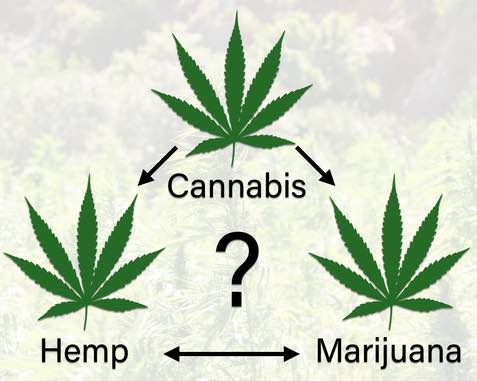
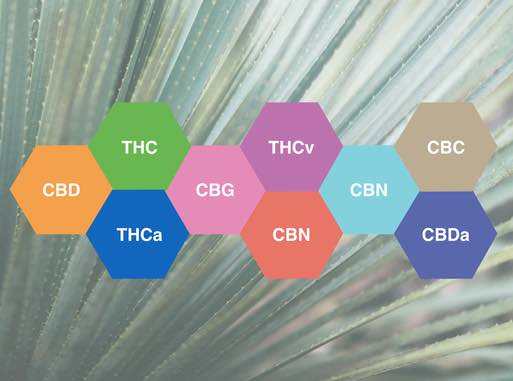
What is a Phytocannabinoid?
A phytocannabinoid is a molecule synthesized by plants. "Phyto" meaning from a plant, and "Cannabinoid" meaning a class of diverse chemical compounds that act on receptors in cells that alter neurotransmitter release in the brain. There are 113 known phytocannabinoids in the cannabis plant, including CBD, CBN, CBG, THC, and others.
CBD vs THC
CannaBiDiol (CBD) is one of the active phytocannabinoids found in hemp. You may already be familiar with THC (TetraHydroCannabinol), the psychoactive phytocannabinoid that gives cannabis users a "high". Unlike THC, CBD does not give users a high feeling and is more known for its therapeutic effects. These effects are due to the cannabinoid's interaction with the Endocannabinoid System in our bodies.
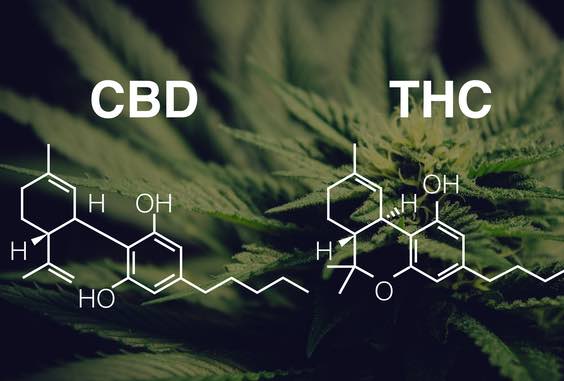
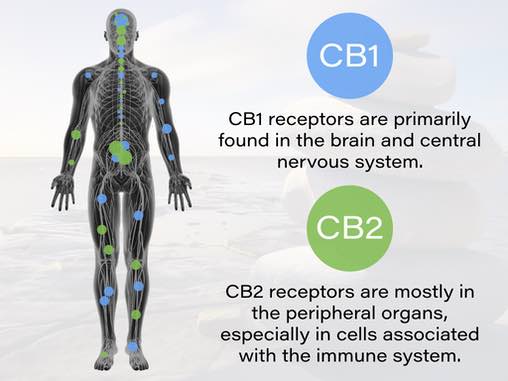
The Endocannabinoid System
Our bodies create their own cannabinoids, which we refer to as endocannabinoids. The Endocannabinoid System (ECS) is a biological system composed of endocannabinoids that bind with cannabinoid receptors throughout the nervous and immune systems. Two primary receptors have been identified, which are the CB1 and CB2 receptors. The ECS is responsible for maintaining homeostasis (balance) in our physiological and cognitive processes, including pain-sensation, inflammation, mood, memory, appetite, and more.
Phytocannabinoids vs Endocannabinoids
When receptors interact with a cannabinoid, they send molecular-messages throughout the cells, tissues, organs, and body. We can think of a cannabinoid and a receptor like a lock and key. A cannabinoid “unlocks” the receptor by physically interacting with it, initiating changes in cells and possibly opening the door to benefits. Cannabinoids will activate these molecular-messengers regardless of whether the cannabinoid came from our bodies (endocannabinoid), or if it came from a plant (phytocannabinoid). Endocannabinoids activate the same receptors as phytocannabinoids. This explains why there is potential for the use of phytocannabinoids.
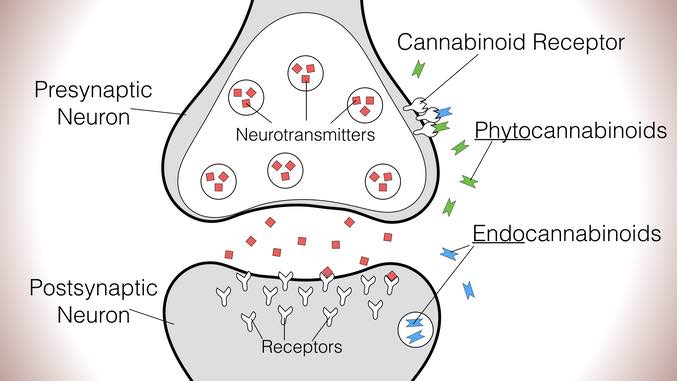
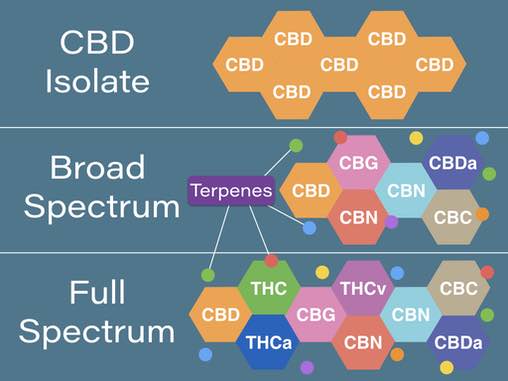
Isolates vs Broad Spectrum vs Full Spectrum
Hemp is composed of hundreds of compounds including cannabinoids, terpenes, flavonoids, and others. CBD isolates have removed all other compounds, leaving only CBD. Full Spectrum products include all of the compounds found in the plant, including THC. Broad Spectrum includes all the compounds found in the plant, excluding THC. It is believed that these compounds work together synergistically to create an "entourage effect". This is still debated among scientists as more testing is needed, but many CBD users report major differences and strongly believe this is the case. HD Bio Lab products are exclusively Broad Spectrum.
Hemp History
Hemp was one of the first plants to be spun into usable fiber over 10,000 years ago. It has been used for a wide variety of applications to date, including canvases, building materials, plastics, industrial ropes, biofuel, and many others. During World War II, the government ran the Hemp For Victory campaign, encouraging farmers to grow as much hemp as possible. The Marihuana Tax Act of 1937 was temporarily lifted to create ropes for the U.S. Navy. After the war ended, hemp was reverted back to its illegal status. Click here to watch the Hemp for Victory video.
